Donor Spotlight
-
Philip Schweigert has been a long-time donor to the National Center on Shaken Baby Syndrome, supporting our mission to prevent shaken baby syndrome and promote the well-being of infants. We talked with Philip to find out more about him and where his generosity stems from.
What are you most passionate about? Why?
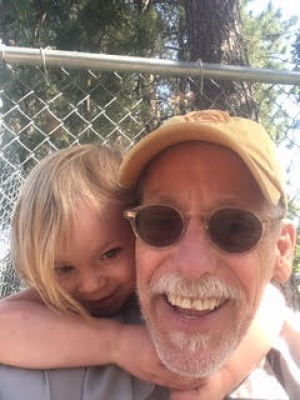 Family, children; their well being and the world we’re leaving for them. Bicycles. As to why; I have a wonderful family, and two terrific grandchildren. They are amazing people and mean so much to me. I’ve worked with children with severe disabilities for nearly 45 years. So children are a big part of my life and pretty much what got me up in the morning! The world seems like such a mess at times and I think that how we care for it and for one another especially our children is vitally important. Bicycles have always been a strong interest of mine, for alternative transportation, recreation, and more recently now a new vocation as a trained bicycle mechanic.
Family, children; their well being and the world we’re leaving for them. Bicycles. As to why; I have a wonderful family, and two terrific grandchildren. They are amazing people and mean so much to me. I’ve worked with children with severe disabilities for nearly 45 years. So children are a big part of my life and pretty much what got me up in the morning! The world seems like such a mess at times and I think that how we care for it and for one another especially our children is vitally important. Bicycles have always been a strong interest of mine, for alternative transportation, recreation, and more recently now a new vocation as a trained bicycle mechanic. How would someone describe you?
I can only imagine what some might say! Others might say short with a short fuse at times. I do hope that they might say that I’m passionate, dedicated, and an advocate for children
What might someone be surprised to know about you?
I practice Tai Chi. I worked on the railroad.
If you could change the world, what would you do?
Reverse the effects of climate change. Help to insure that families have the means (food, shelter, healthcare) to adequately care for their children. Insist that government work for the people rather than their party or special interests.
What first got you interested in being a donor for our organization?
I had the opportunity to meet Dr. Barr and hear him speak on the issue of shaken baby syndrome/AHT. I felt that it was important to increase awareness of SBS and how to prevent it. I was also afforded the opportunity to speak at your conference on two separate occasions about my experiences working with children with severe disabilities who were the victims of SBS.
Why are you supporting the National Center on Shaken Baby Syndrome?
I am supporting NCSBS because I believe that children should be safe from harm.Through my bicycle business I purchase, refurbish, and resale bicycles providing affordable bicycles, and alternative transportation, while raising money for the mission of protecting children and strengthening families.
Is there anything else you'd like to share?
NCSBS, Keep up the good work! ALiM Cycles; For Kids’ Sake.
Watch the Stories Unfold
-
The National Center on Shaken Baby Syndrome is honored to share the personal stories of those affected by Shaken Baby Syndrome/Abusive Head Trauma. Please take a minute to watch these short video clips and learn from a few of the countless victims and their families that have been devastated by this preventable form of abuse.


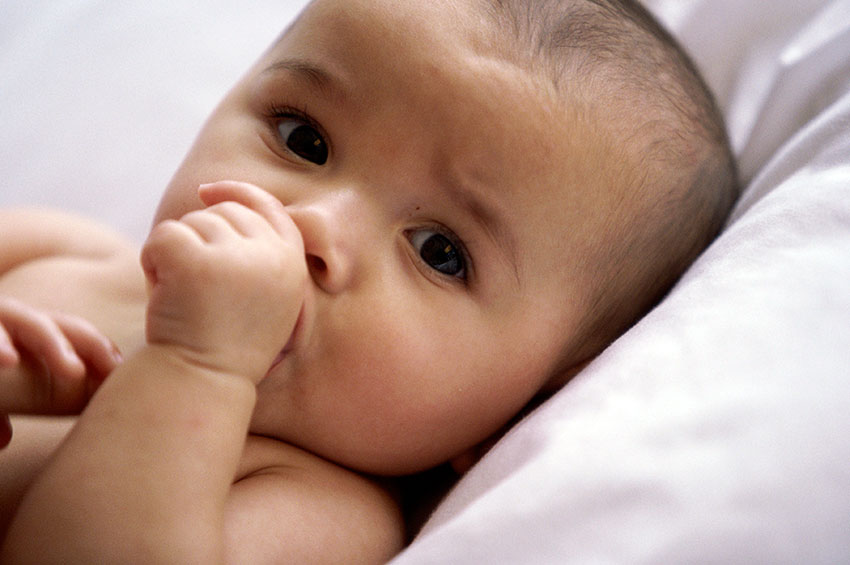
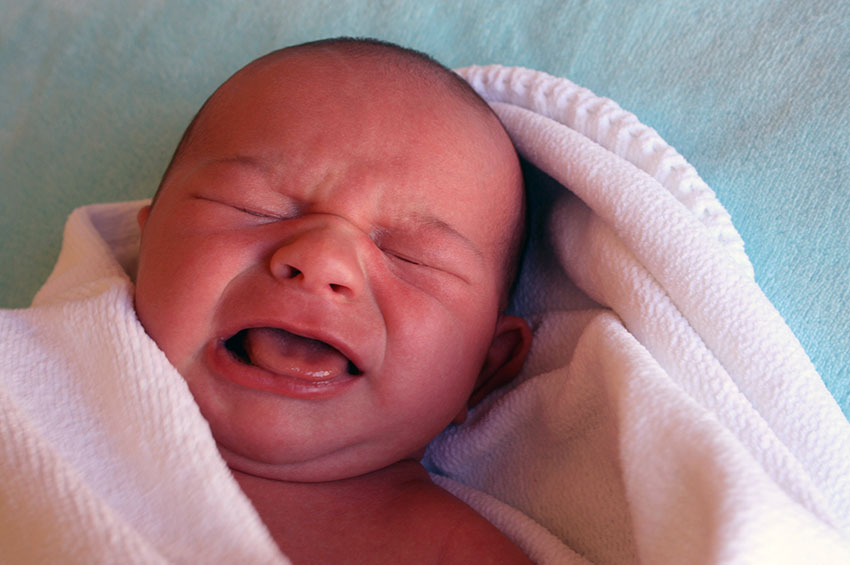
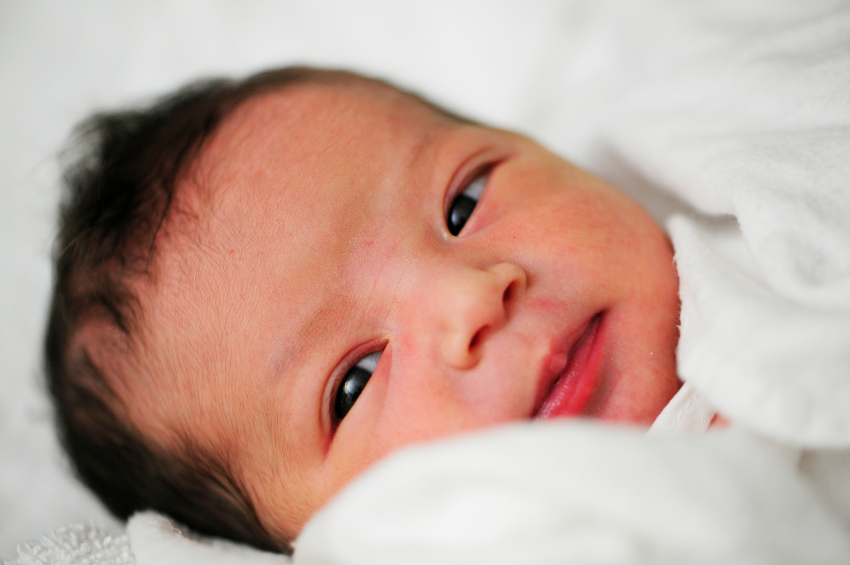
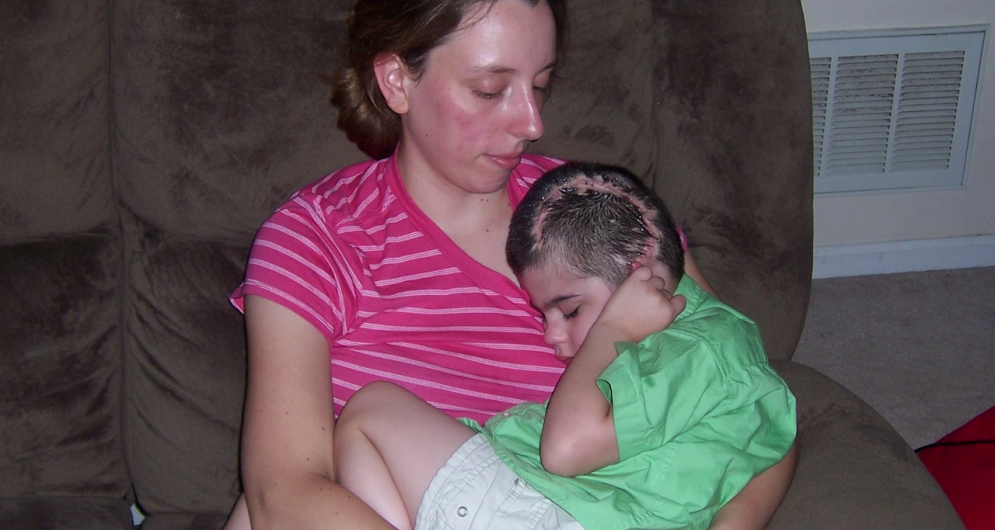
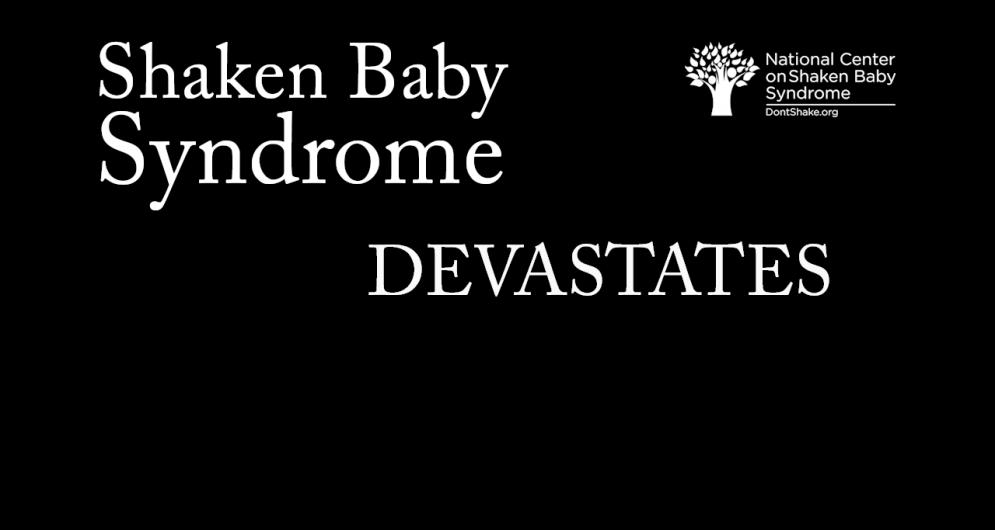
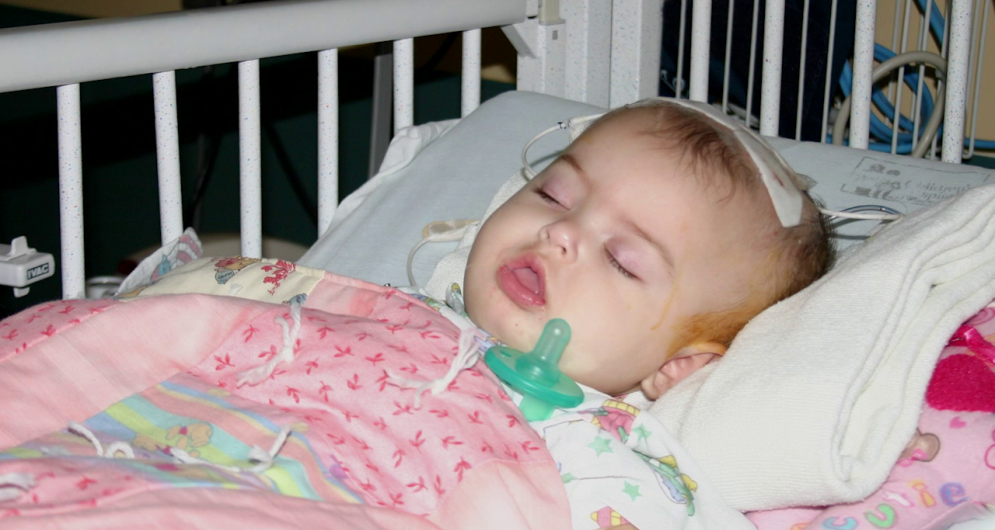
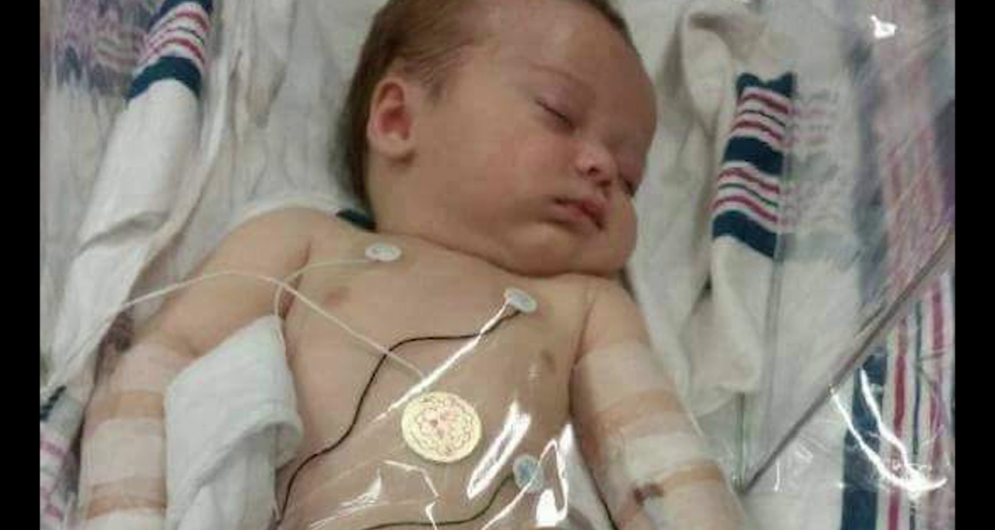
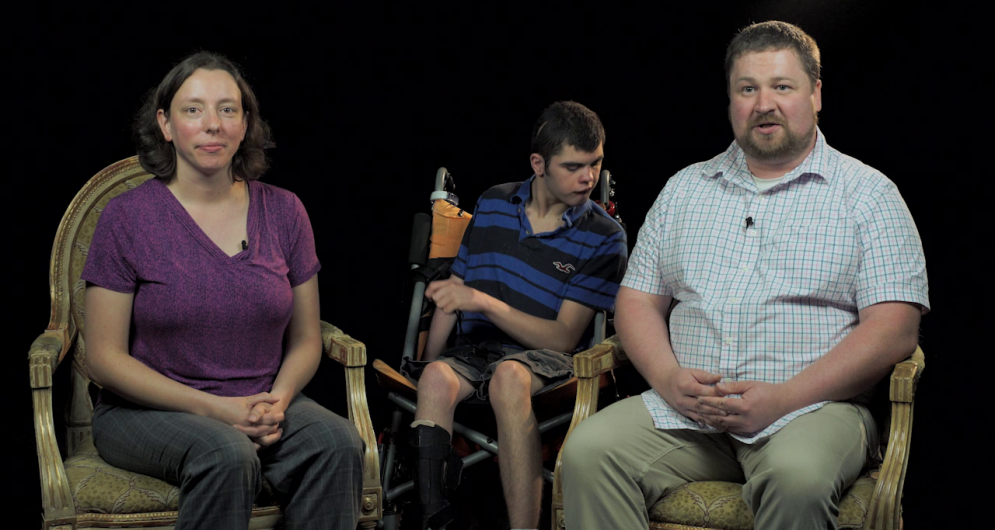





Donate